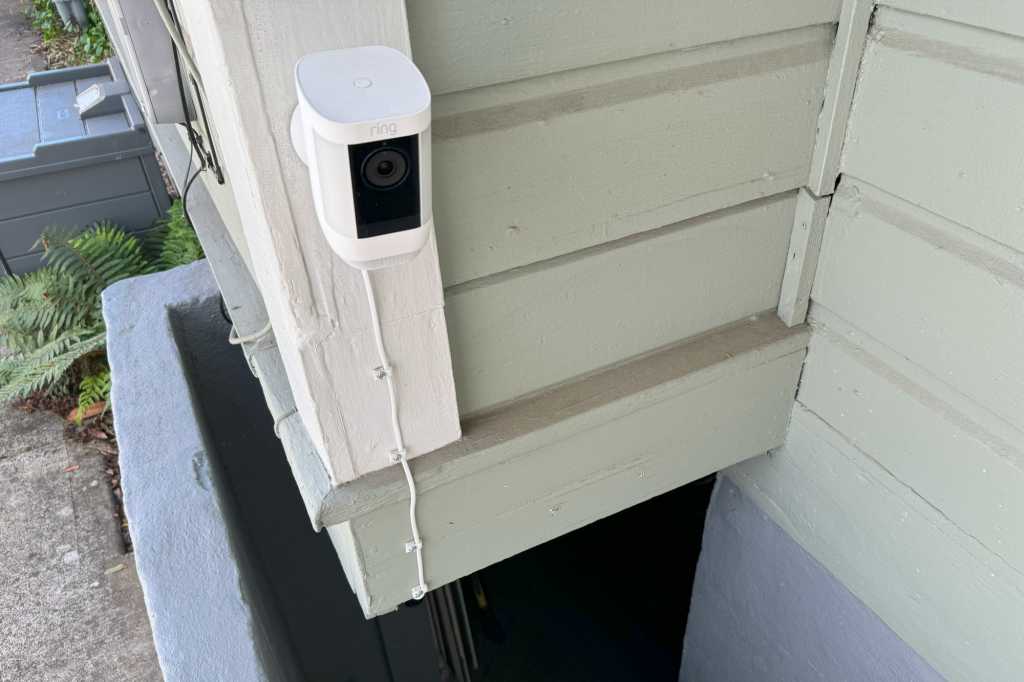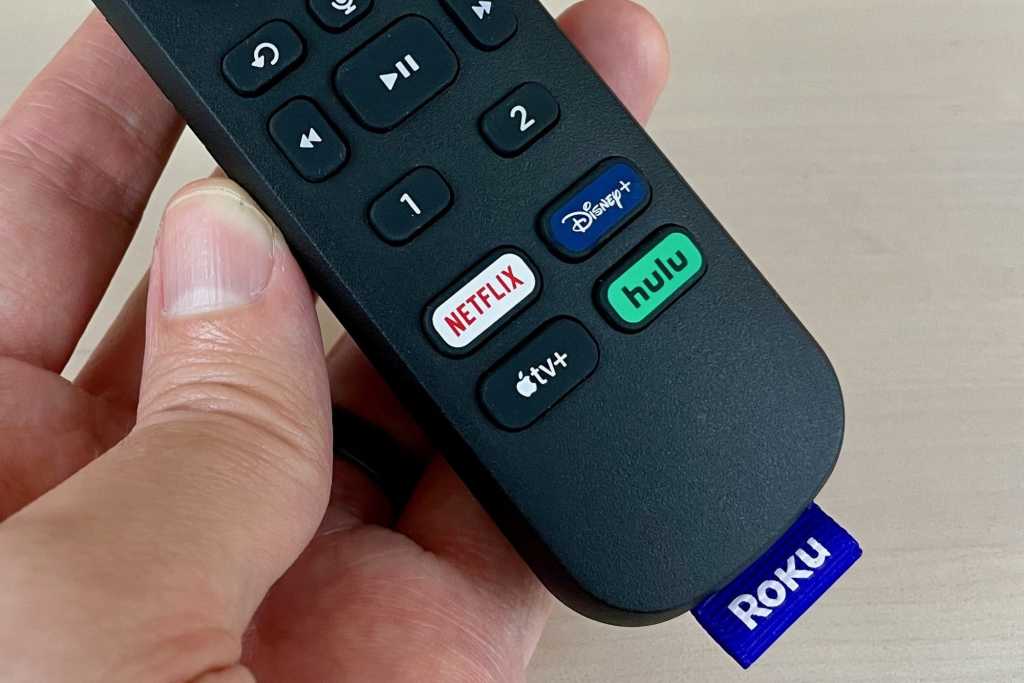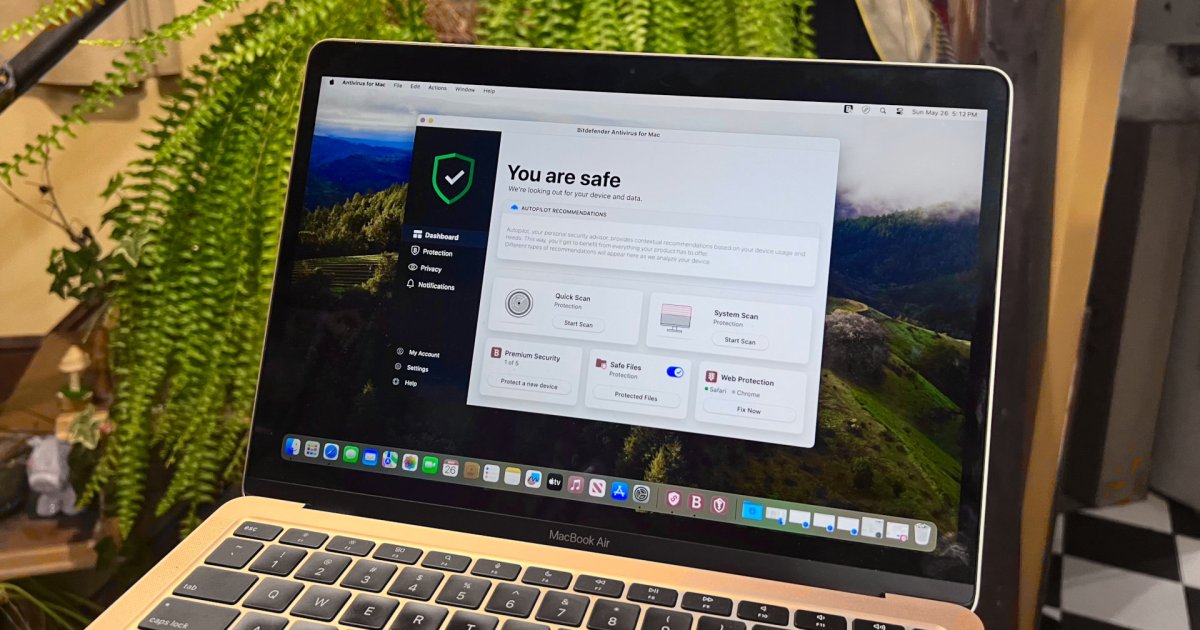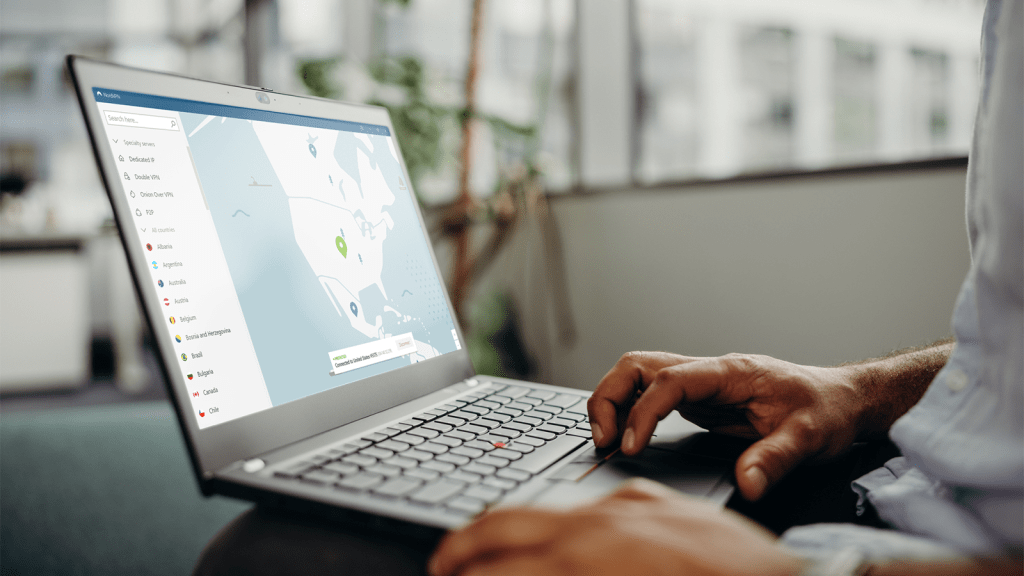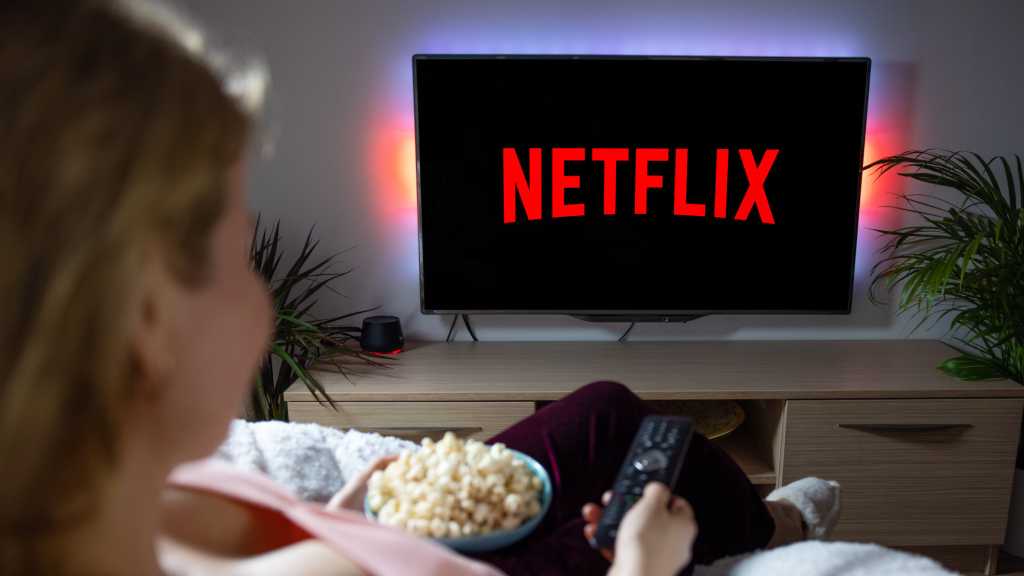Home security cameras offer powerful protection, deterring potential intruders and providing peace of mind. However, strategic placement is crucial for maximizing their effectiveness. This guide outlines the best and worst locations to install security cameras, ensuring comprehensive coverage while respecting privacy.
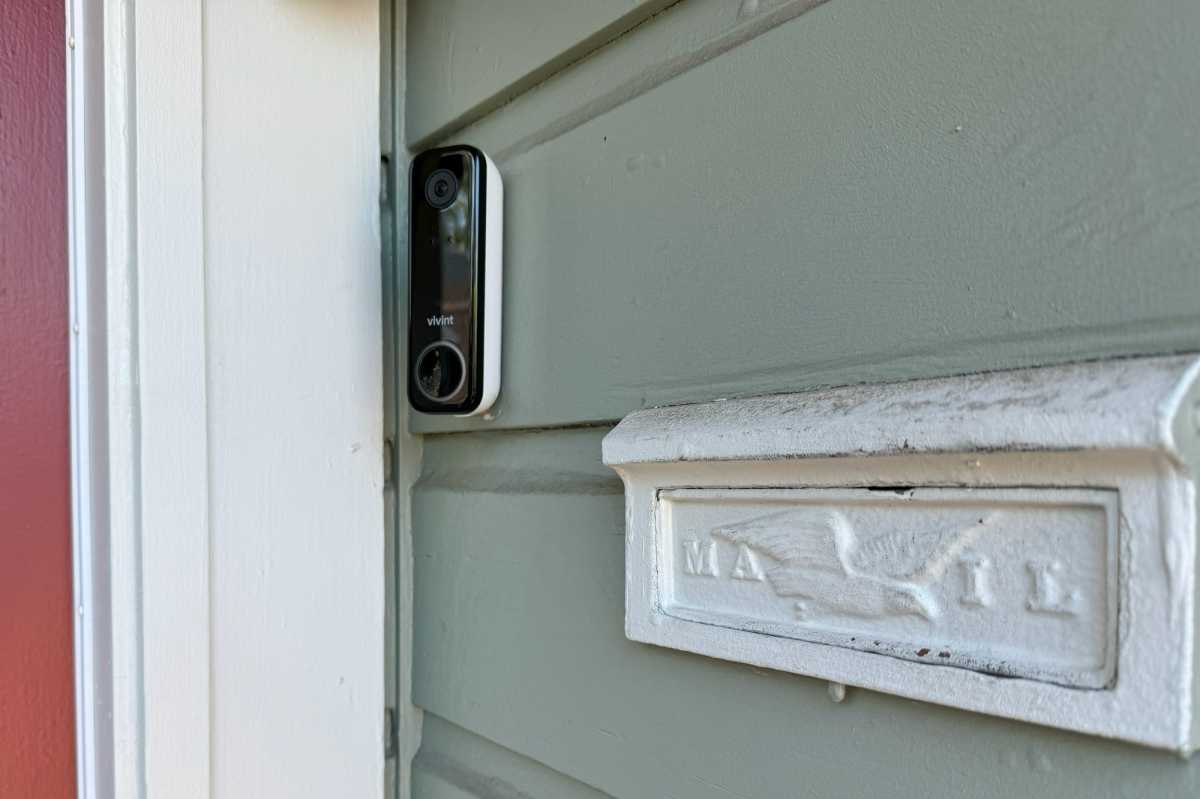 Vivint Video Doorbell Pro installed at a front doorA Vivint Video Doorbell Pro provides 24/7 front door monitoring.
Vivint Video Doorbell Pro installed at a front doorA Vivint Video Doorbell Pro provides 24/7 front door monitoring.
Prime Locations for Security Camera Installation
Protecting your home effectively requires strategically placed cameras covering key vulnerable areas. Here are the most recommended locations:
1. Main Entrance (Front Door)
The front door is the most common entry point for burglars, making it the top priority for camera surveillance. A doorbell camera, an indoor camera facing the door, or an outdoor camera overlooking the porch offers excellent coverage. Doorbell cameras also provide convenient features like package delivery monitoring and visitor interaction.
2. Secondary Entrances (Side and Back Doors)
Burglars often target less visible entrances, making side and back doors crucial areas to monitor. Indoor or outdoor cameras at these points enhance security and allow you to track family members’ comings and goings. A video doorbell at a secondary entrance can also be beneficial, especially if the door is frequently used.
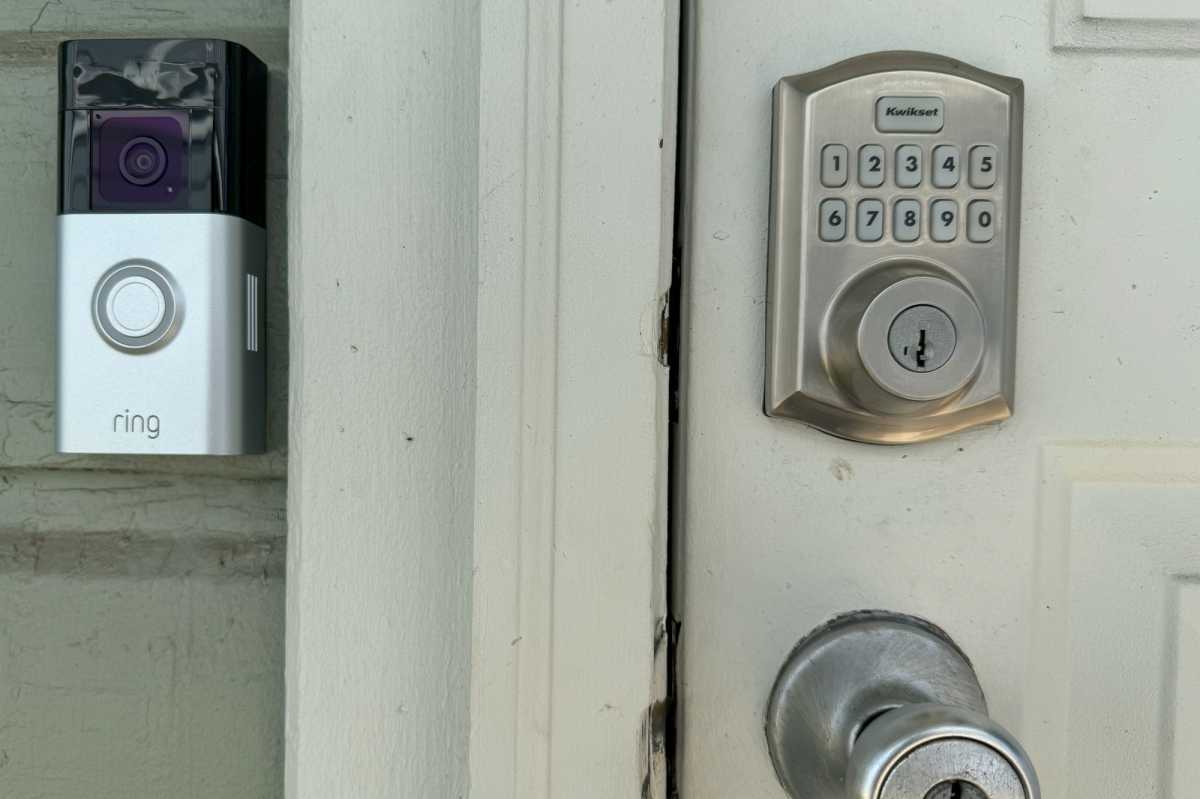 Ring Battery Doorbell Plus installed next to Kwikset smart lockA Ring Battery Doorbell Plus offers surveillance and convenient access control for secondary entrances.
Ring Battery Doorbell Plus installed next to Kwikset smart lockA Ring Battery Doorbell Plus offers surveillance and convenient access control for secondary entrances.
3. Garage or Carport
Garages and carports house valuable items like cars, bicycles, and tools, making them attractive targets. A security camera in this area can deter theft and monitor any unusual activity. Some cameras can even integrate with smart garage door openers for enhanced control and security.
4. Backyard
Backyards, often perceived as hidden and vulnerable, require surveillance to deter potential intruders. Cameras can monitor children, pets, and any suspicious activity. Floodlight/security cam combos offer added security and eliminate the need for battery charging.
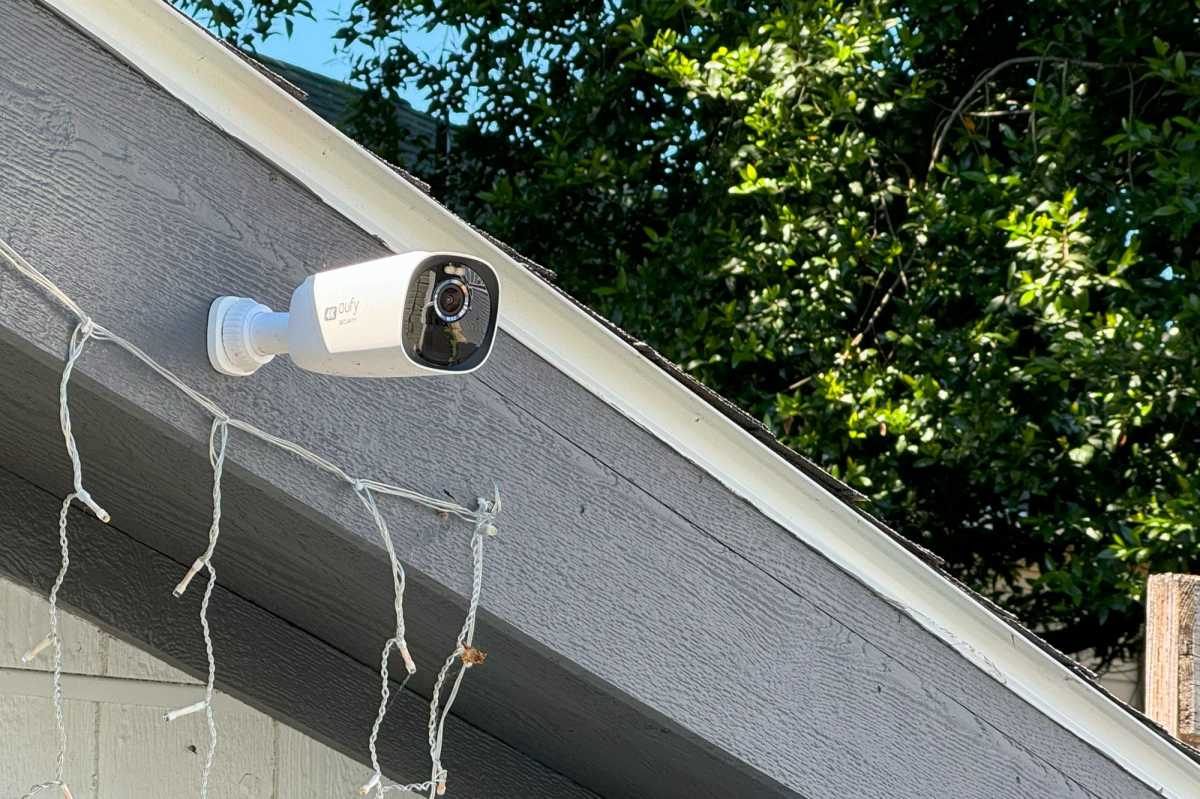 Eufy Security eufyCam S330A strategically placed EufyCam S330 can monitor multiple access points.
Eufy Security eufyCam S330A strategically placed EufyCam S330 can monitor multiple access points.
5. Basement
Basements often store valuable possessions and may have external access points, making them potential targets for burglars. A security camera, especially a battery-powered model for areas without readily available outlets, provides an extra layer of protection.
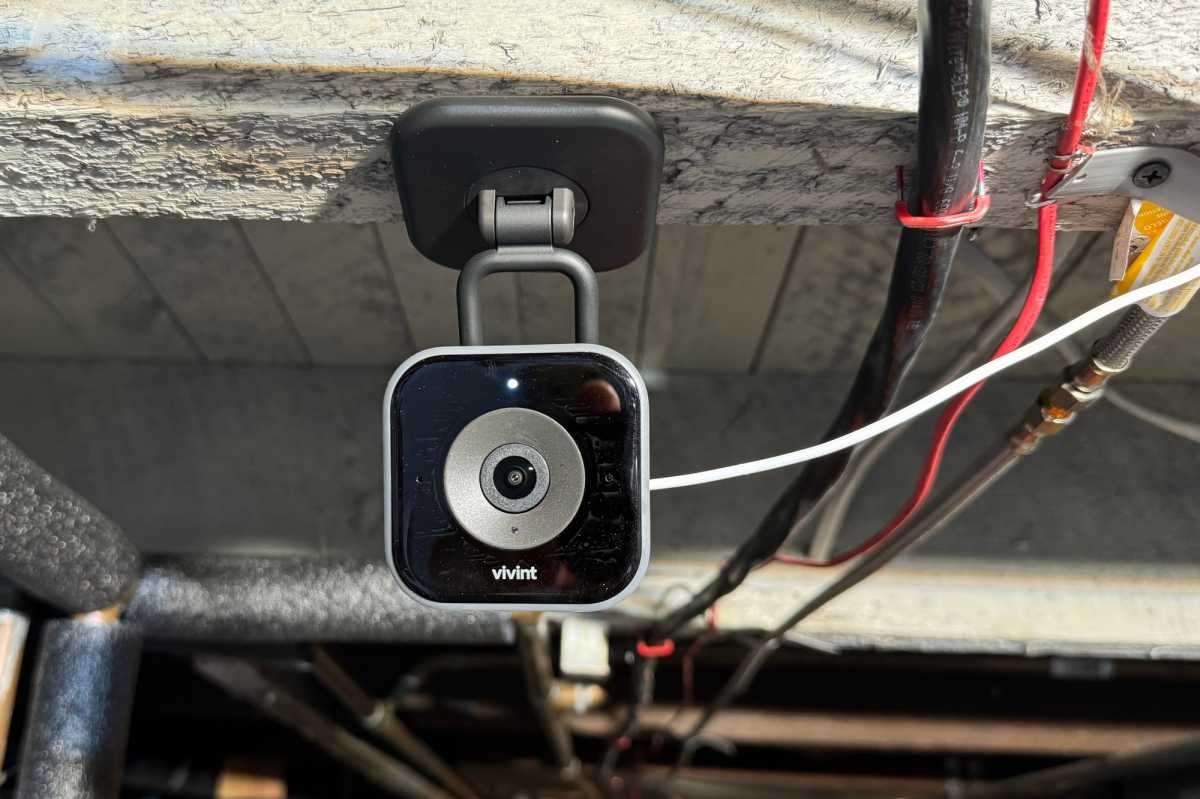 Vivint indoor security cameraA Vivint indoor camera safeguards valuables and monitors access points in the basement.
Vivint indoor security cameraA Vivint indoor camera safeguards valuables and monitors access points in the basement.
6. Common Areas
Common areas like living rooms, kitchens, and hallways benefit from camera surveillance to capture any intruders who bypass exterior security measures. They can also be used to monitor children, pets, or contractors working inside the home.
Locations to Avoid Placing Security Cameras
While security is paramount, respecting privacy is equally important. Avoid placing cameras in these locations:
1. Neighboring Properties
Directing cameras towards a neighbor’s property is a serious privacy violation and can lead to legal issues. If your camera’s field of view unavoidably includes a neighbor’s property, utilize privacy masking features to obscure their windows and doors.
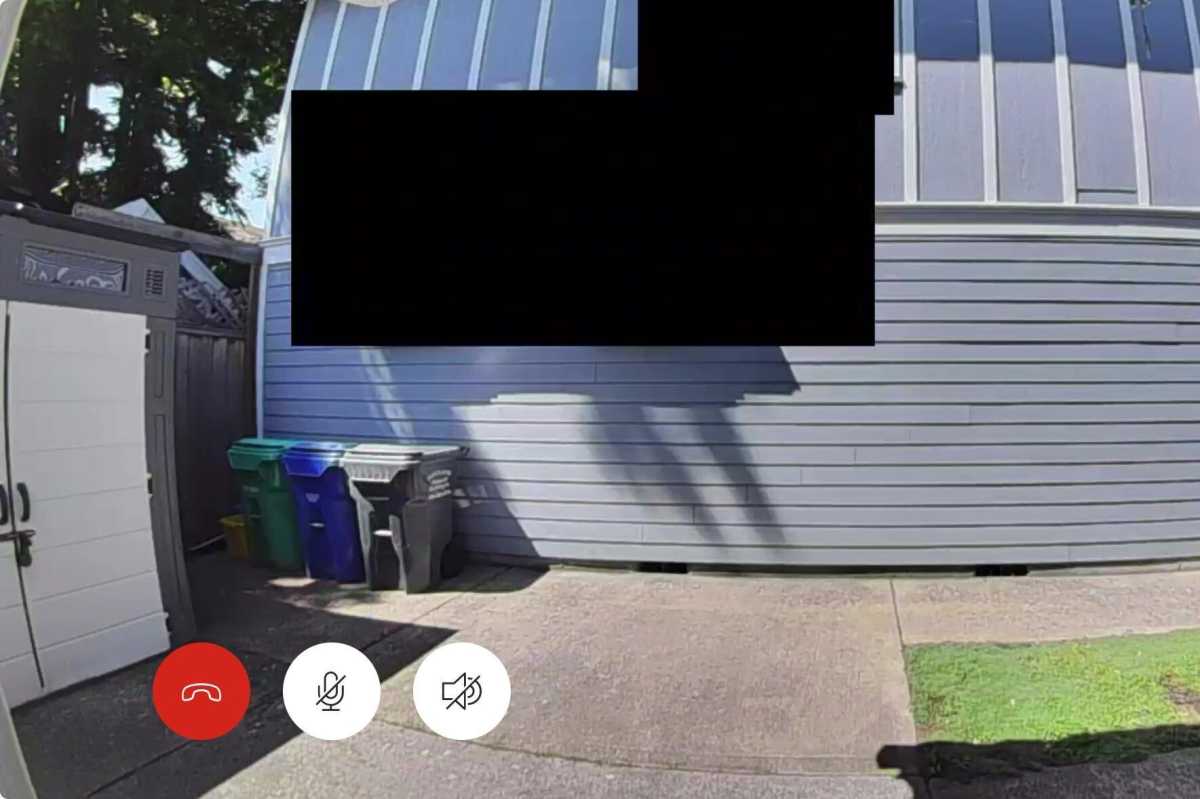 Ring security camera privacy zonesUtilize privacy zones to respect your neighbor’s privacy.
Ring security camera privacy zonesUtilize privacy zones to respect your neighbor’s privacy.
2. Bedrooms
Bedrooms are private spaces and should not be monitored by security cameras. The risk of hacking and potential privacy breaches makes camera placement in these areas highly inadvisable.
3. Bathrooms
Bathrooms are also private spaces and should remain camera-free. Placing cameras in bathrooms is a significant privacy concern and can create discomfort for family members and guests.
Conclusion
Optimizing security camera placement is crucial for maximizing their effectiveness while respecting privacy. Focusing on key vulnerable areas like entrances, garages, and common areas provides comprehensive protection. Avoiding sensitive areas like neighboring properties, bedrooms, and bathrooms ensures privacy and maintains ethical surveillance practices. By following these guidelines, you can create a secure home environment without compromising individual privacy.



